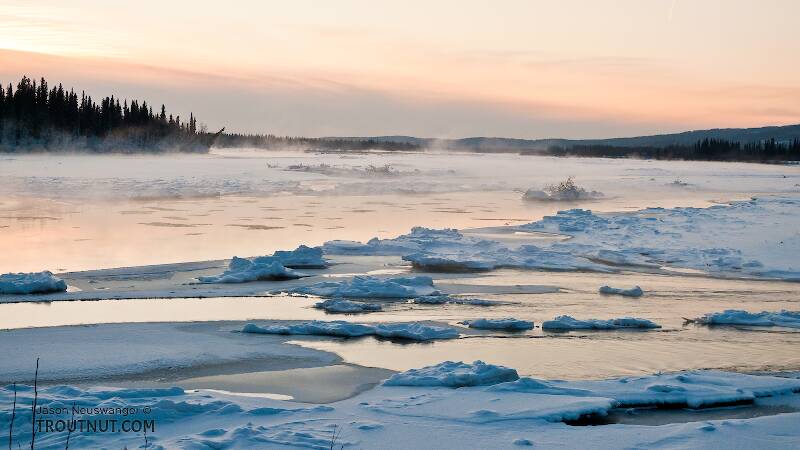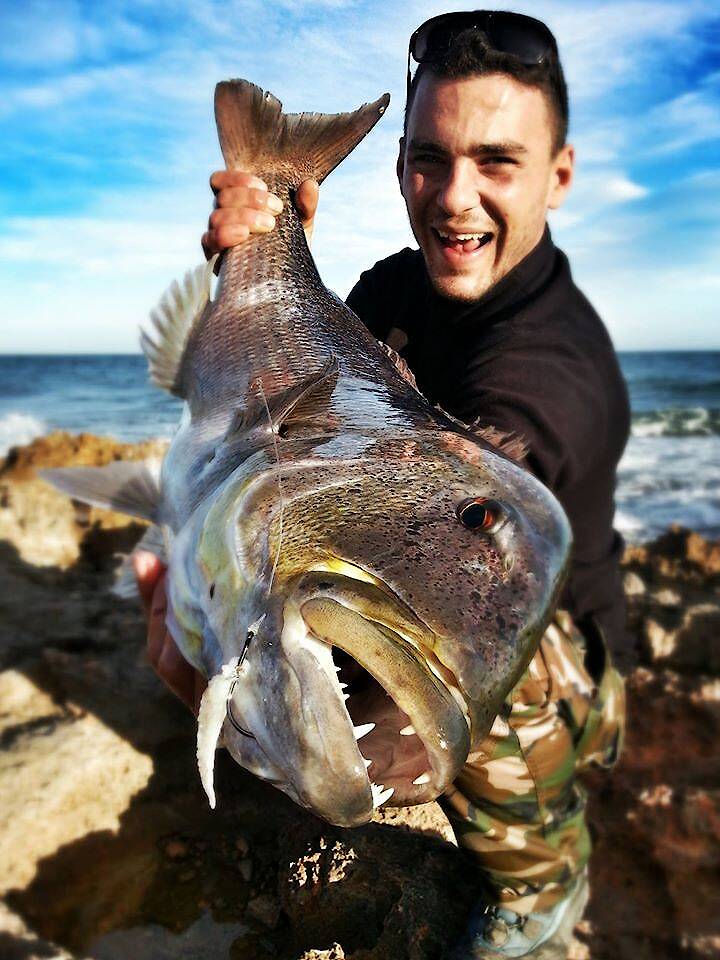
Blue-winged Olives
Baetis
Tiny Baetis mayflies are perhaps the most commonly encountered and imitated by anglers on all American trout streams due to their great abundance, widespread distribution, and trout-friendly emergence habits.
Featured on the forum

Troutnut is a project started in 2003 by salmonid ecologist Jason "Troutnut" Neuswanger to help anglers and
fly tyers unabashedly embrace the entomological side of the sport. Learn more about Troutnut or
support the project for an enhanced experience here.
Zakisimo on Jan 1, 2015January 1st, 2015, 4:05 am EST

Fly Fishing - Basics, Knots and Techniques
Fly-Fishing is the term used to describe the angling or fishing method that uses an artificial 'fly' as lure to entice the fish. The fly is cast into the water by a fly reel, fly rod and a weighted line that has to conform to specializations. These artificial flies resemble food organisms, other natural invertebrates; sometimes hair, feathers and even animal fair natural and artificial are used. The technique of fly-fishing is significantly different as compared to other forms of fishing because it involves casting or throwing an almost weightless artificial 'fly'. They also vary with fishing locations or habitats such as bays, estuaries, lakes, ponds, rivers and streams.
The almost leisurely feel to fly-angling provoked famous author Izaak Walton to refer to fly-fishing as 'the contemplative man's recreation'.
Basics of Fly-Fishing
To understand the basics of fly-angling, the underlying concept of balancing the fly tackle system is absolutely essential. This means that the fishing leader, line, reel, tackle-rod and tippet should be balanced for premium performance.
Next comes the understanding of the basic fly-angling line connections and knots. The most commonly used knots in fly-fishing and their functions are:
1. Arbor Knot - used to connect the fly fishing Reel to the Backing
2. Albright Knot - connects the Backing to the Fly-Line
3. Nail Knot - that connects the Fly-Line to the Leader
4. Double Surgeon's Knot - connecting the Leader to the Tippet
5. Improved Clinch Knot - connects Tippet to the Fly
These basic knot typing processes complete the fishing ensemble needed for fly-fishing.
Tying fly-fishing knots effectively
The important tips to remember include:
1. Lubricating or wetting the knot. Water and saliva are good lubricants helping the knot to slide and seat properly.
2. Pulling the knots tightly. This must be done with a continuous, steady pull to ensure the knot is secure.
3. Using trimmers or cutters to neatly cut the excess material close to the knot. Using fire is a no-no because the heat causes friction and weakens the line causing ends to shred or loosen.
4. Replacing lines, leaders and tippets when they show signs of wear will ensure strength and durability of knots.
The key to success
An actual fishing session is not the time to practice effectiveness and strength of fly-angling knots. Tying fishing knots to suit specific requirements or tactics far outweigh the technicalities of learning to tie knots. Recreation or no, nothing can be more heart-breaking than landing a catch and having the line or knot break free. That happens when a knot is not tied properly or tightened enough. Fly-casting or fly-fish throwing techniques are a class of their own and being up-to-date on instructions and having the experience of throwing the line a few times will certainly help.
To know more about animated fishing knots or mixed seafood recipes, please check our website.
Quick Reply
Related Discussions
Topic
Replies
Last Reply
14
Apr 18, 2011
by Troutnut
by Troutnut
12
Aug 15, 2017
by PABrownie
by PABrownie
2
Oct 19, 2015
by Wbranch
by Wbranch



